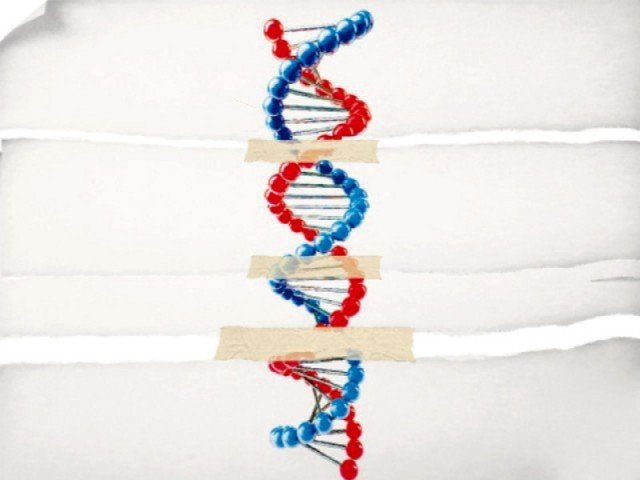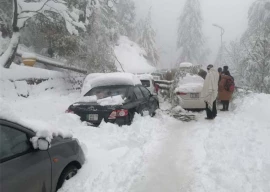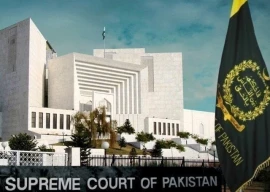
For identification using DNA analysis, the forensic expert must collect biological material from the human remains and also a reference sample from a close blood relative of the victim.
The major problem lies in the collection of samples from the remains of bodies that have been charred beyond recognition, as was the case in the Baldia factory fire and the Kathore Link Road accident. Under normal circumstances, samples for DNA identification are obtained from the soft tissue - muscles for the most part as they are easier to obtain. One problem with this approach is that the DNA in soft tissue disintegrates rather quickly. In the case of burns victims, the DNA in soft tissue may have disintegrated already due to the extreme heat, making DNA analysis from the soft tissue impossible.
Forensic experts prefer to take samples of hard tissue, such as hair, fingernails or bone. In the case of burns victims, the hair and fingernails may have disintegrated too, making it difficult to obtain samples from these parts. In most cases, the best sources of DNA are the teeth. Unfortunately, there are no personnel in the entire city who have received training of forensic techniques. “The laboratory only accepts hard tissue such as fingernails or bone,” said police surgeon Dr Jalil Qadir Memon. His predecessor, the former police surgeon, Dr Hamid Parhyar, said that obtaining samples from a burnt body was not an easy task. “The doctor has to depend on the bones if the hair and nails are completely burned.” After collecting the samples, a team of medico-legal officers takes samples of family members for verification. The family member could be the mother, father, sister, brother, son or daughter. The remains are then sent to the National Forensic Scientific Agency in Islamabad.
Published in The Express Tribune, January 21st, 2015.
COMMENTS (1)
Comments are moderated and generally will be posted if they are on-topic and not abusive.
For more information, please see our Comments FAQ















1736332856-0/Untitled-design-(20)1736332856-0-270x192.webp)







Why provinces cannot have DNA testing laboratories instead of sending samples to Islamabad